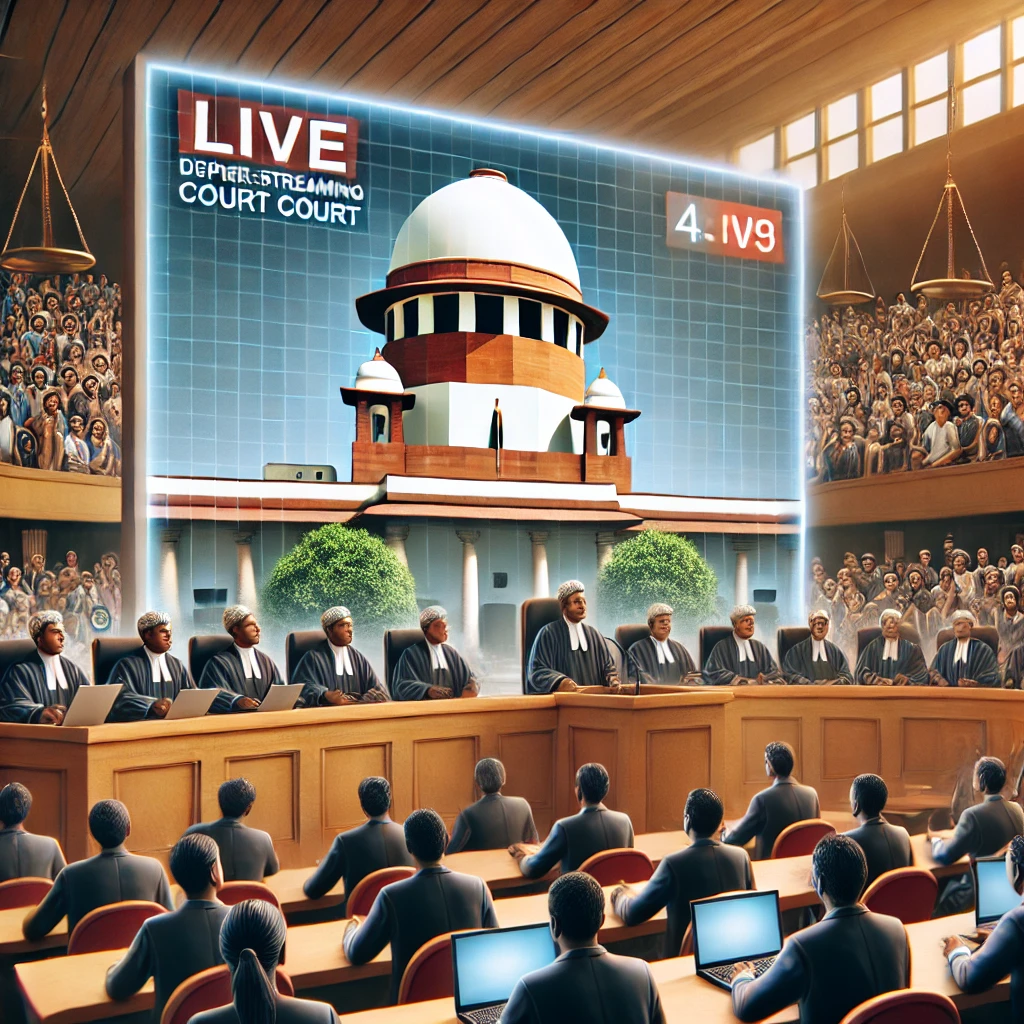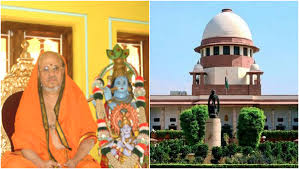Supreme Court Issues Guidelines to Regulate Live Streaming of Court Proceedings
- ByAdmin --
- 10 Mar 2025 --
- 0 Comments
for years, courtrooms in India have been shrouded in an air of mystery. The public, often unaware of how justice is delivered, relied on media interpretations. But a new ruling by the Supreme Court is set to change that.
In a landmark decision, the apex court issued comprehensive guidelines to regulate live streaming of court proceedings, taking a significant step toward making justice more transparent and accessible. The ruling builds on the 2018 judgment in Swapnil Tripathi v. Supreme Court of India, which first recognized that public access to court proceedings is a part of the right to information under Article 19(1)(a).
Chief Justice Arvind Chauhan, leading the bench, explained the rationale behind the decision:
"Justice must not only be done, but it must be seen to be done. By allowing live streaming, we ensure that every citizen has the opportunity to witness the law in motion."
The court’s new guidelines outline:
✅ Scope of Streaming – Cases of public interest, constitutional challenges, and fundamental rights issues will be streamed.
✅ Privacy Protection – Family disputes, sexual harassment cases, and cases involving minors will not be live-streamed to protect sensitive parties.
✅ Technical Safeguards – A dedicated tech cell will manage live feeds, ensuring high-quality transmission without tampering.
✅ Archival System – The recordings will be stored for research and educational purposes.
This ruling is expected to transform legal education, judicial accountability, and public engagement with the justice system. Lawyers will need to adjust their advocacy styles to cater to a broader audience. Legal scholars and students will have firsthand access to arguments in landmark cases. Most importantly, this is a win for democracy.
With this decision, the Supreme Court has brought India one step closer to an open justice system—one where the people can see, understand, and trust the process that governs them.










































































































































































































































































































































































































































0 comments